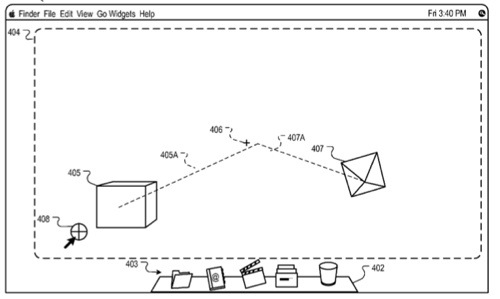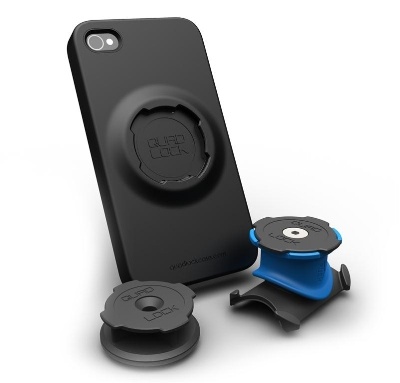An Apple patent (number 20100115471) for multidimensional widgets has appeared at the US Patent & Trademark Office. It involves, as you might guess, implementations that relate generally to graphical user interface.
Systems, methods, computer-readable mediums, user interfaces and other implementations are disclosed for implementing multidimensional widgets. A multidimensional widget is a three-dimensional object with application surfaces, and each application surface is associated with a widget function. Multidimensional widgets can be modified by adding functions or grouping with other widgets. The inventors are John O. Louch and Imran A. Chaudhri.
Here’s Apple’s background and summary of the invention: “A hallmark of modern graphical user interfaces is that they allow a large number of graphical objects or items to be displayed on a display screen at the same time. Leading personal computer operating systems, such as Apple Mac OS.RTM., provide user interfaces in which a number of windows can be displayed, overlapped, resized, moved, configured, and reformatted according to the needs of the user or application. Taskbars, menus, virtual buttons and other user interface elements provide mechanisms for accessing and activating windows even when they are hidden behind other windows.
“Although users appreciate interfaces that can present information on a screen via multiple windows, the result can be overwhelming. For example, users may find it difficult to navigate to a particular user interface element or to locate a desired element among a large number of onscreen elements. The problem is further compounded when user interfaces allow users to position elements in a desired arrangement, including overlapping, minimizing, maximizing, and the like. Although such flexibility may be useful to the user, it can result in a cluttered display screen. Having too many elements displayed on the screen can lead to “information overload,” thus inhibiting the user to efficiently use the computer equipment.
“Many of the deficiencies of conventional user interfaces can be reduced using “widgets.” Generally, widgets are user interface elements that include information and one or more tools (e.g., applications) that let the user perform common tasks and provide fast access to information. Widgets can perform a variety of tasks, including without limitation, communicating with a remote server to provide information to the user (e.g., weather report), providing commonly needed functionality (e.g., a calculator), or acting as an information repository (e.g., a notebook). Widgets can be displayed and accessed through a user interface, such as a “dashboard layer,” which is also referred to as a “dashboard.”
“Due to the large number of widgets available to a user, a virtual desktop or dashboard can become cluttered and disorganized, making it difficult for the user to quickly locate and access a widget. Furthermore, each widget may be able to perform a number of different functions, and to access these functions the user must engage an interaction model of the widget, that may require several user selections and user commands, which can become repetitive and degrade the user experience.
“In general, one aspect of the subject matter described in this specification can be embodied in methods that include defining a viewing surface; modeling a depth axis extending from the viewing surface; generating a plurality of three-dimensional widgets disposed along the depth axis, each three dimensional widget being a three-dimensional representation of an object and having a plurality of application surfaces; and for each three-dimensional widget having a plurality of widget functions, associate the widget functions with corresponding application surfaces. Other embodiments of this aspect include corresponding systems, apparatus, and computer program products.
“Another aspect of the subject matter described in this specification can be embodied in methods that include defining a viewing surface; defining a back surface disposed from the viewing surface along a depth axis; and generating a widget receptacle disposed along the depth axis, the widget receptacle and having a plurality of receptacle surfaces, each receptacle surface being associated with a widget and being actuated by a selection of the receptacle surface, and upon such actuation causing an instantiation of the widget associated with the receptacle surface. Other embodiments of this aspect include corresponding systems, apparatus, and computer program products.”




